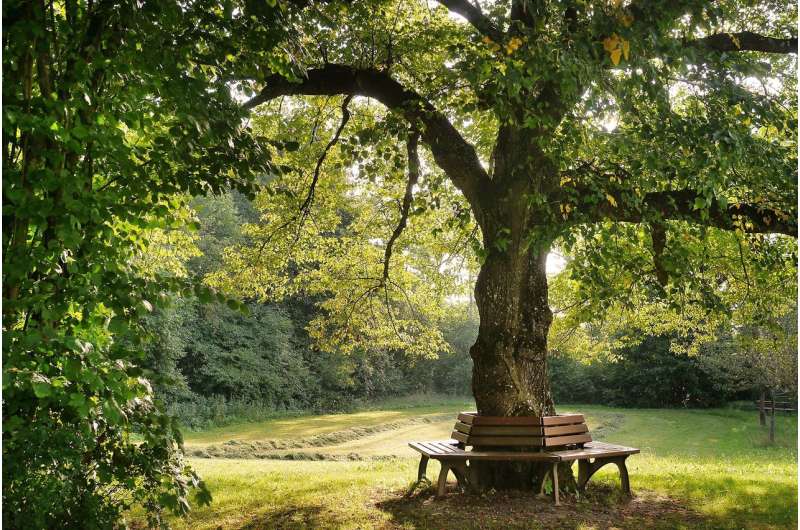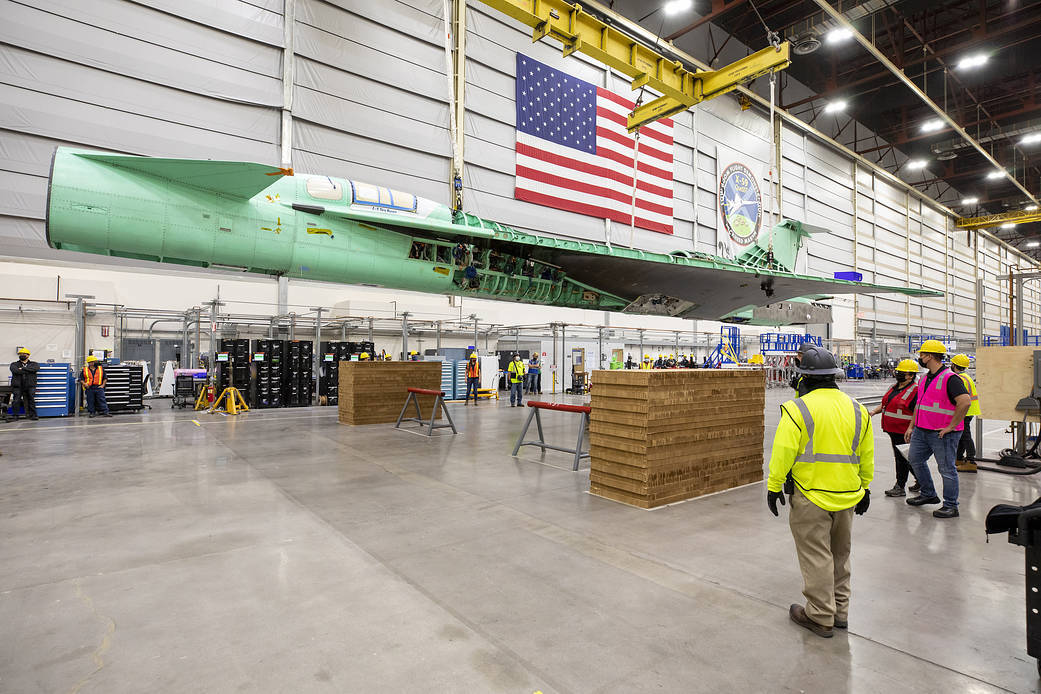
Credit: CC0 Public Domain
In recent years, tree-planting campaigns have been underway in the United States, especially in cities, as part of climate mitigation efforts.
Urban forests can help improve air quality, generate cooling effects, and provide green spaces for outdoor recreation while also serving as an ecological habitat.
Just last year, the U.S. Forest Service announced a $1 billion campaign to expand access to trees and green spaces throughout the country, including in cities.
But a new Dartmouth-led study finds that some areas within urban forests in the U.S., may be more capable than trees growing around city home lawns in adapting to a warmer climate.
The findings are published in Frontiers in Ecology and the Environment.
Using previously published National Science Foundation (NSF) project data from six cities on how land-use changes have made urban areas similar—in Boston, Baltimore, Los Angeles, Miami, Minneapolis-St. Paul, and Phoenix, Arizona—the researchers analyzed tree and shrub species in large public parks with natural areas that were relatively unmanaged and residential yards. They also analyzed reference sites representing the native ecosystems of the region that have been replaced by urban landscapes. Each of the cities represents a different ecological biome, or community of plants and animals, in a particular climate.
When the researchers compared the tree species across the three land-use types within each of the cities, they found that species in parks and natural areas were more drought-tolerant and reflected greater native biodiversity than those in people’s yards.
Most of the tree species found in residential yards were not only non-native, which can lead to species invasion in natural ecosystems, and were also low in drought tolerance and therefore may not be able to survive warmer temperatures expected in the future.
Prior research has found that approximately 30% of the land area in the U.S. is residential land, illustrating that trees planted in yards comprise a large percentage of the trees in an urban forest.
“There has been a lot of emphasis on tree planting in cities but what people are planting in their yards may not necessarily be sustainable in our warming climate,” says lead author Giselle Mejía, a postdoctoral fellow in the Department of Environmental Studies at Dartmouth. “In terms of sustainability standards, we recommend planting trees that are more diverse, more native, and also more climate adaptable in the future.”
“Planting trees that are drought tolerant and require less water than other species is something that should be considered,” says Mejía.
This is already the case for especially dry cities like Phoenix and Los Angeles, which had the most drought-tolerant species in parks and reference sites than any of the other biomes.
Trees in the hottest cities, Los Angeles, Miami, and Phoenix, had the most species with low water-use capacity in addition to drought tolerance. These included the widely planted native species Cornus florida (flowering dogwood) and Magnolia grandiflora (southern magnolia) and non-native species, also known as introduced species, Pyrus calleryana (callery pear) and Schinus terebinthifolius (Brazilian pepper).
“We need to understand the characteristics that people are looking for when they choose a tree to plant in their yard, so that educational platforms and incentives can be created to help get people on board with planting trees that would benefit all of us and potentially adapt to future climate change,” says Mejía.
More information:
Gisselle A Mejía et al, How do urban trees vary across the US? It depends on where and how you look, Frontiers in Ecology and the Environment (2024). DOI: 10.1002/fee.2777
Citation:
Study examines urban forests across the United States (2024, July 12)
retrieved 15 August 2024
from https://phys.org/news/2024-07-urban-forests-states.html
This document is subject to copyright. Apart from any fair dealing for the purpose of private study or research, no
part may be reproduced without the written permission. The content is provided for information purposes only.
Note: This article have been indexed to our site. We do not claim legitimacy, ownership or copyright of any of the content above. To see the article at original source Click Here












